Nutritionist Tips for Going Gluten & Dairy-Free
Learn how to improve your health, reduce inflammation, and fight chronic disease with these tips for starting a gluten-free and dairy-free diet. This article reviews the basics and a plan for eliminating both gluten and dairy from a nutritionist’s point of view.
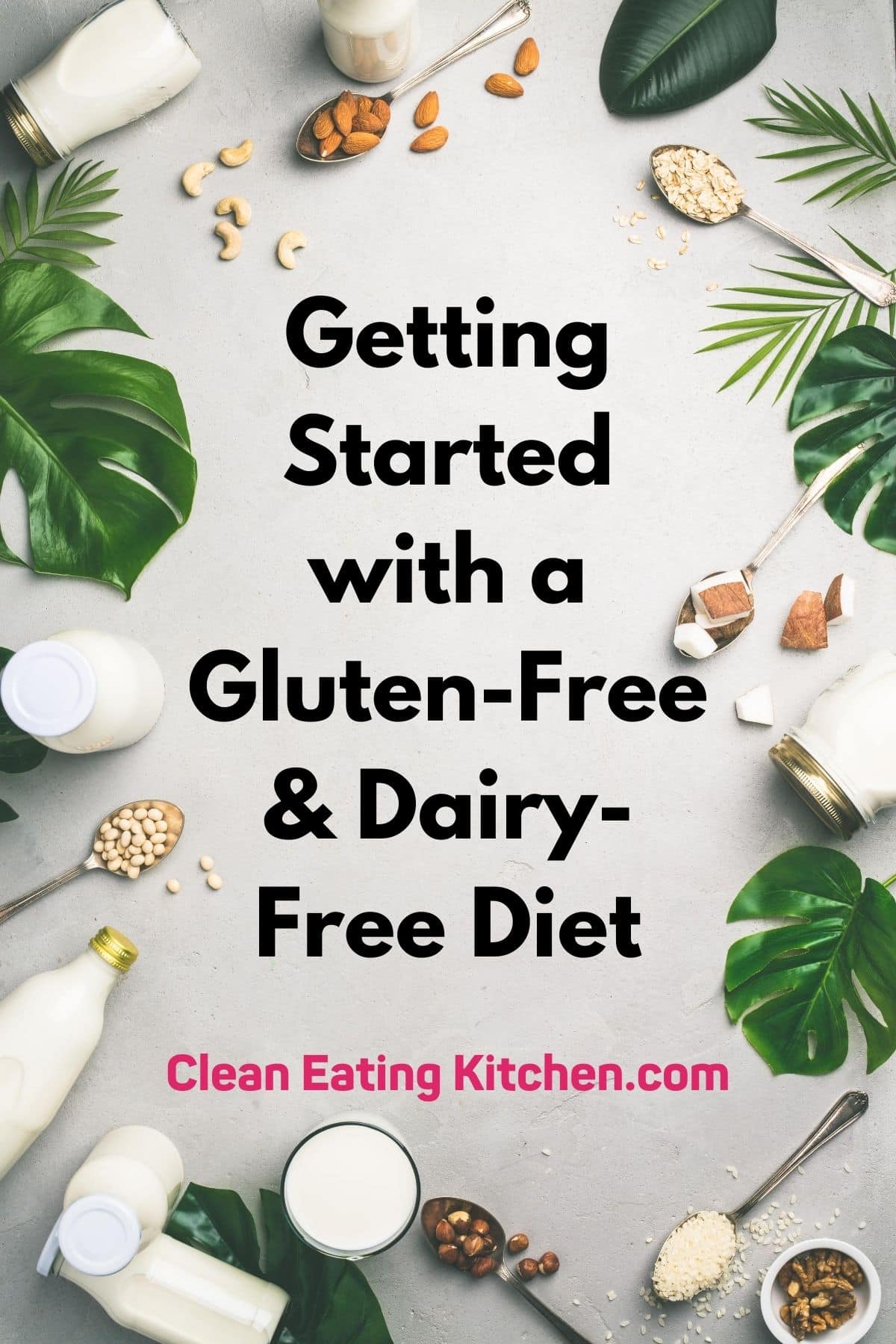
This article was originally published in 2021; it was updated and re-published in January, 2025.
It can be overwhelming if you need to cut out gluten and dairy from your diet. Foods like bread and cheese seem to be everywhere.
Many people go gluten-free and dairy-free to help manage chronic disease, food allergies, food sensitivities, and inflammation.
Both gluten and dairy are also common allergens and and can cause issues in many people. Depending on your symptoms, your healthcare provider may recommend trying a gluten-free and dairy-free diet to see if it helps.
But, what are the best ways to get started on a gluten-free and dairy-free diet? I have successfully cut out gluten, dairy, and soy foods for nearly a decade. I’ll share my best tips for going gluten and dairy-free.
Quick Tips to Get Started
Making the switch to a gluten-free and dairy-free lifestyle doesn’t have to be daunting.
Here are some easy steps to help you adjust:
- Check Labels Closely: Gluten and dairy can hide in surprising places like sauces, soups, and snacks. Learn to spot them by reading labels (reading ingredient labels is also my number one tip for starting a clean eating diet).
- Focus on Whole Foods: Build your meals around simple ingredients like vegetables, fruits, proteins, and gluten-free grains to keep things straightforward. By focusing on whole foods you can ensure that you meet your nutrient needs for protein, calcium, and vitamin D. Consider using supplements or fortified foods to fill the gaps. Get my unprocessed foods list PDF!
- Try Substitutes: Swap out dairy with almond milk or coconut yogurt and use gluten-free flours for baking. There are plenty of options to explore.
Why Consider a Gluten-Free and Dairy-Free Diet?
Common Reasons:
- Food Sensitivities or Allergies: Gluten and dairy are frequent triggers for allergies and intolerances, causing symptoms such as bloating, headaches, skin issues, and fatigue.
- Health Conditions: For individuals with celiac disease, non-celiac gluten sensitivity, lactose intolerance, or casein sensitivity, removing gluten and dairy is often essential.
- Autoimmune Support: Reducing or eliminating gluten and dairy (and other inflammatory foods) can potentially decrease inflammation in conditions like Hashimoto’s thyroiditis, rheumatoid arthritis, and multiple sclerosis.
Key Science:
- Gluten, a protein found in wheat, barley, and rye, can provoke inflammation in sensitive individuals, contributing to joint pain, digestive issues, and brain fog.
- Dairy contains lactose (a sugar) and casein (a protein), both of which may cause discomfort or allergic reactions in certain people.
Understanding Gluten-Free Options
What is Gluten?
First off, let’s review what gluten is and how it can be a problem for some people.
Gluten is a type of protein known as a prolamin found in the endosperm of grains such as wheat, barley, and rye.
Gluten is the “glue” that holds baked-goods together and is best known for its stretchy quality.
What to Avoid:
- Grains and Flour Products: Wheat, barley, rye, spelt, durum, and semolina
- Breads and Baked Goods: Traditional bread, muffins, pancakes, waffles, donuts, and pizza crust
- Pasta: Spaghetti, macaroni, lasagna, chow mein, ramen, and egg noodles
- Desserts: Cakes, cookies, brownies, pies, and pastries
- Processed Foods: Soups, sauces, gravies, salad dressings, and seasoned snacks (see my list of gluten-free sauces)
- Alcohol: Beer, ale, lager, malt beverages, and certain wines
Hidden Sources of Gluten:
Gluten can be labeled as malt, hydrolyzed wheat protein, modified food starch, or dextrin. Check labels carefully.
Alternative Names for Gluten:
- Barley malt
- Caramel color (if derived from barley)
- Farina
- Malt extract or syrup
- Brewer’s yeast
- Triticale
- Graham flour
- Kamut
- Spelt
- Hydrolyzed vegetable protein (when wheat-based)
Gluten-Free Alternatives:
- Whole Grains: Quinoa, brown rice, millet, buckwheat, and certified gluten-free oats (see the best gluten-free carbs)
- Flours: Almond flour, coconut flour, tapioca flour, and rice flour
- Snacks: Gluten-free crackers, popcorn, and rice cakes
Understanding Dairy-Free Options
What is Dairy?
Dairy refers to the milk produced by mammals, such as cow’s milk, goat’s milk, sheep’s milk, and even camel’s milk.
The most allergenic and most common and frequently consumed type of milk in the United States and Canada is cow’s milk.
Eggs are not dairy foods, although they are often found in the dairy section of the grocery store.
Note: while ghee is often used as a substitute for butter, but it can still be inflammatory for people who have a strong sensitivity or allergy to dairy products.
What to Avoid:
- Dairy Products: Milk (whole, low-fat, skim), cheese, cream, butter, ghee, yogurt, condensed milk, milk powder, and buttermilk
- Dishes Containing Dairy: Mac and cheese, white sauce pasta, pizza, creamed soups, custards, and puddings
- Hidden Sources of Dairy: Casein, whey, lactose, lactalbumin, milk solids, and milk derivatives
Alternative Names for Dairy:
- Caseinates (calcium or sodium caseinate)
- Lactoglobulin
- Lactalbumin phosphate
- Recaldent (found in some chewing gums)
- Nougat
- Nisin (a preservative derived from milk)
Dairy-Free Alternatives:
- Plant-Based Milks: Almond milk, coconut milk, oat milk, cashew milk, and rice milk
- Cheese Substitutes: Nut-based cheeses, tapioca-based cheese, and soy cheese
- Yogurt Alternatives: Coconut yogurt, almond yogurt, and oat yogurt
- Cooking Substitutes: Coconut cream for heavy cream, and vegan butter or coconut oil for butter
Foods to Avoid Chart
| Food Category | Gluten Examples | Dairy Examples |
|---|---|---|
| Grains | Wheat, barley, rye, spelt | N/A |
| Baked Goods | Muffins, donuts, pizza crust | Cakes, pastries with butter or cream |
| Pasta | Spaghetti, macaroni, ramen | N/A |
| Processed Foods | Gravies, soups, salad dressings | Cream-based soups, cheese sauces |
| Snacks | Flavored chips, crackers with gluten | Cheese snacks, buttered popcorn |
| Desserts | Brownies, pies, cookies | Ice cream, custards, cheesecakes |
| Beverages | Beer, malt beverages | Milkshakes, caffe latte, hot cocoa |
Practical Tips for Cooking and Preparation
Avoiding Cross-Contamination:
Keeping your food safe from gluten or dairy cross-contamination is key. Here’s how:
- Use separate utensils, cutting boards, and cookware for gluten-free and dairy-free foods.
- Wash surfaces thoroughly to remove any residue.
- Store gluten-free and dairy-free items in labeled containers to avoid accidental mixing.
- Be mindful when using appliances like toasters and ovens; dedicated tools can help prevent contamination.
Label Reading Tips:
- Learn to identify hidden sources of gluten and dairy in packaged foods. For example:
- Gluten: Malt, hydrolyzed wheat protein, modified food starch, and dextrin
- Dairy: Whey, casein, lactose, and milk derivatives
- Look for certifications like “Certified Gluten-Free” or “Dairy-Free” to simplify your choices.
- Use my tips for clean eating on a budget to avoid overspending. Or, see my list of Walmart gluten-free options.
Cooking with Substitutes:
- Experiment with plant-based milks, nut-based cheeses, and gluten-free flours to find the ones that work best for your recipes.
- Use thickeners like arrowroot powder or tapioca starch in place of flour in sauces and soups.
- Coconut cream or cashew cream can be excellent replacements for heavy cream in dishes.
- Review my ancestral diet meal plan for meal ideas. You may also like these bread substitutes that are gluten-free.
Dining Out and Social Events
Tips for Eating Out:
Dining out doesn’t have to be stressful. Here are some practical suggestions:
- Research restaurants ahead of time that offer gluten-free and dairy-free menus.
- Clearly explain your dietary needs to your server. Don’t hesitate to ask about ingredients and preparation methods.
- Stick to simple dishes like grilled meats, salads with olive oil, or steamed vegetables to minimize risk.
- If in doubt, bring a small snack or eat beforehand to ensure you’re covered.
Navigating Social Gatherings:
- Offer to bring a dish that you can eat and share with others.
- Eat a small meal beforehand if you’re unsure about available options.
- Keep snacks like nuts, dried fruits, or gluten-free granola bars handy.
Staying Healthy
Key Nutrients:
- Calcium and Vitamin D: Fortified plant-based milks and leafy greens can help meet calcium needs.
- Protein: Incorporate lean meats, fish, tofu, and legumes to ensure adequate protein intake.
- Fiber: Include plenty of fruits, vegetables, and gluten-free whole grains in your meals.
Supplements:
If there are specific dietary gaps, consider supplements such as calcium, vitamin D, or B vitamins. Consult with a healthcare provider for personalized recommendations.
FAQs
Snacks don’t have to be processed, pre-packaged foods! Whole foods make quick, delicious, and cost effective snacks. Rather than reaching for snack packs or packaged foods, consider choosing basic foods like fresh fruits, veggies, nut butters, and meal leftovers.
If you do choose pre-packaged processed foods for a snack, be mindful of labels. You’ll begin to notice certain brands that are known for being gluten and dairy-free. Snacks labeled “vegan” or “paleo” are often safest, but be sure to always double check and weigh the risks of contamination for yourself.
Get my full list of the best gluten-free and dairy-free snacks.
Depending on your health condition and symptoms, you may not have to be gluten-free and dairy-free forever.
Sometimes a 6-week elimination diet can help pinpoint exactly which foods are a problem for you. Be sure to work with a qualified healthcare practitioner to help determine how long you need to be gluten-free and dairy-free.
Don’t Miss These Helpful Diet Resources
Conclusions
As you learn more about going gluten-free and dairy-free, you can generally rely upon labels and store sections marked gluten and dairy-free. Be aware that there is a risk of contamination with all processed foods or bulk items.
I hope you found this article helpful. It is meant to be a helpful guide to getting started with a gluten-free and dairy-free diet. For specific recipes, please do check out the clean eating recipe index which is 100% gluten-free and dairy-free using real food ingredients.
Don’t forget to join my newsletter list to get exclusive clean eating recipes and tips. The newsletter is 100% free with no spam; unsubscribe anytime.
About the Author: Carrie Forrest has a master’s degree in public health with a specialty in nutrition and is a certified holistic nutritionist. She is a top wellness and food blogger with over 5 million annual visitors to her site. Carrie has an incredible story of recovery from chronic illness and is passionate about helping other women transform their health. Send her a message through her contact form.
Note: this post is for informational purposes only and is not intended as medical advice. Please consult your healthcare provider for recommendations related to your individual situation.


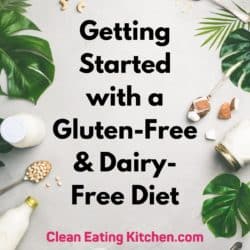
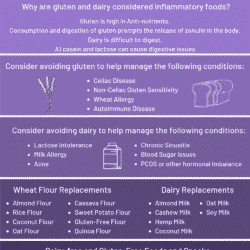
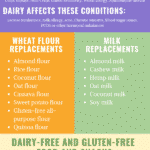
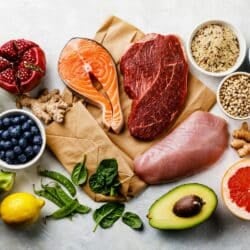
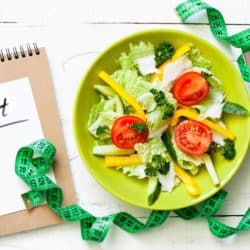
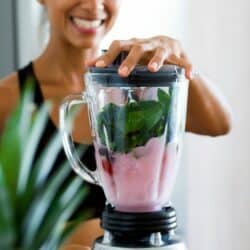


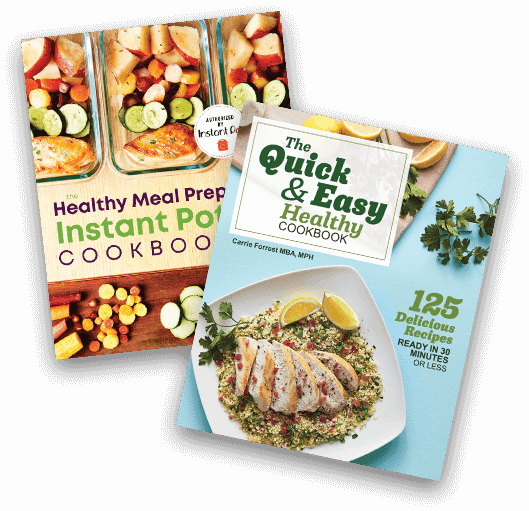
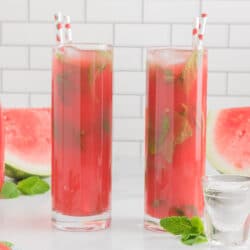
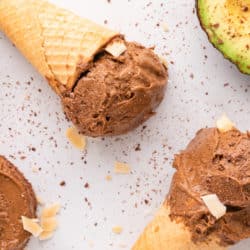

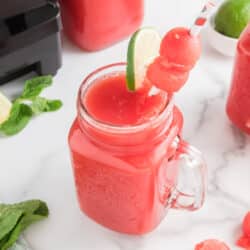

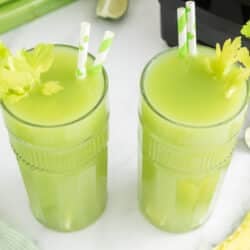
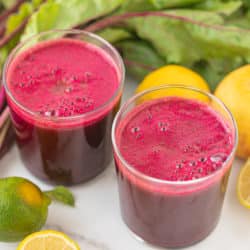
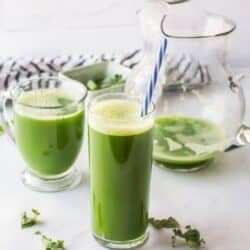
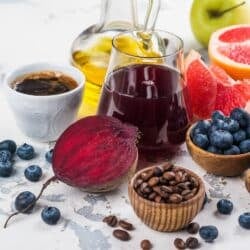
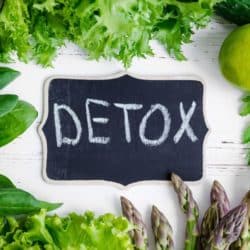


Hi, Carrie, I want to first thank you for making this information available and free. I do not drink whole milk but do indulge in rice/almond and occasionally soy milk. I also do not eat red meat as it makes me sick. After seeing a gastro doctor, i found out i was missing an enzyme that cause my food to not digest correctly. I like to do the natural thing so no meds but I take a mango enzyme which helps somewhat. I saw your juicing site and was impressed with all of it. So, I did start with the orange/lemon and ginger shot. It was a little spicy but I did like it. Ok TMI.
Thank you again for all the info and I will continue to read your post.
Hello do u have recipes that are dairy,gluten,egg, coconut,peanut n pea protein free? As a healthcare worker n athlete I find it very hard to eat properly when can only eat on a bus going from client to client n trying to eat btwn 1500 -1850 daty.
Yes almost all of my recipes meet your needs. Check my recipe index! 🙂
Thank you for sharing great tips!
Interesting info on the casein. Really weird though, I’ve been allergic to dairy since I was 16, and I do not react to casein. Exception to every rule I guess.
Made the mistake of testing for gluten allergy / intolerance several years ago, when I tried adding it back, reacted severely. So that had to go.
Now I’m having to give up eggs. Unless I can get them straight from a free range chickens bum, I react badly.
Not to mention garlic or several fruits & veggies I react to. It can be so hard to find something to eat. So many times ingredients can look totally safe (even if it’s “whole” food), and I still end up sick for days. Sometimes I just hold out on eating as long as possible cause I’m so tired of reacting to everything for no reason. Hmmm, sorry for all that! lol
Interesting, thanks Kat! I understand the frustration with having to manage a lot of food allergies/sensitivities. I am in the same boat! Stay strong and I hope you feel better. Take care!